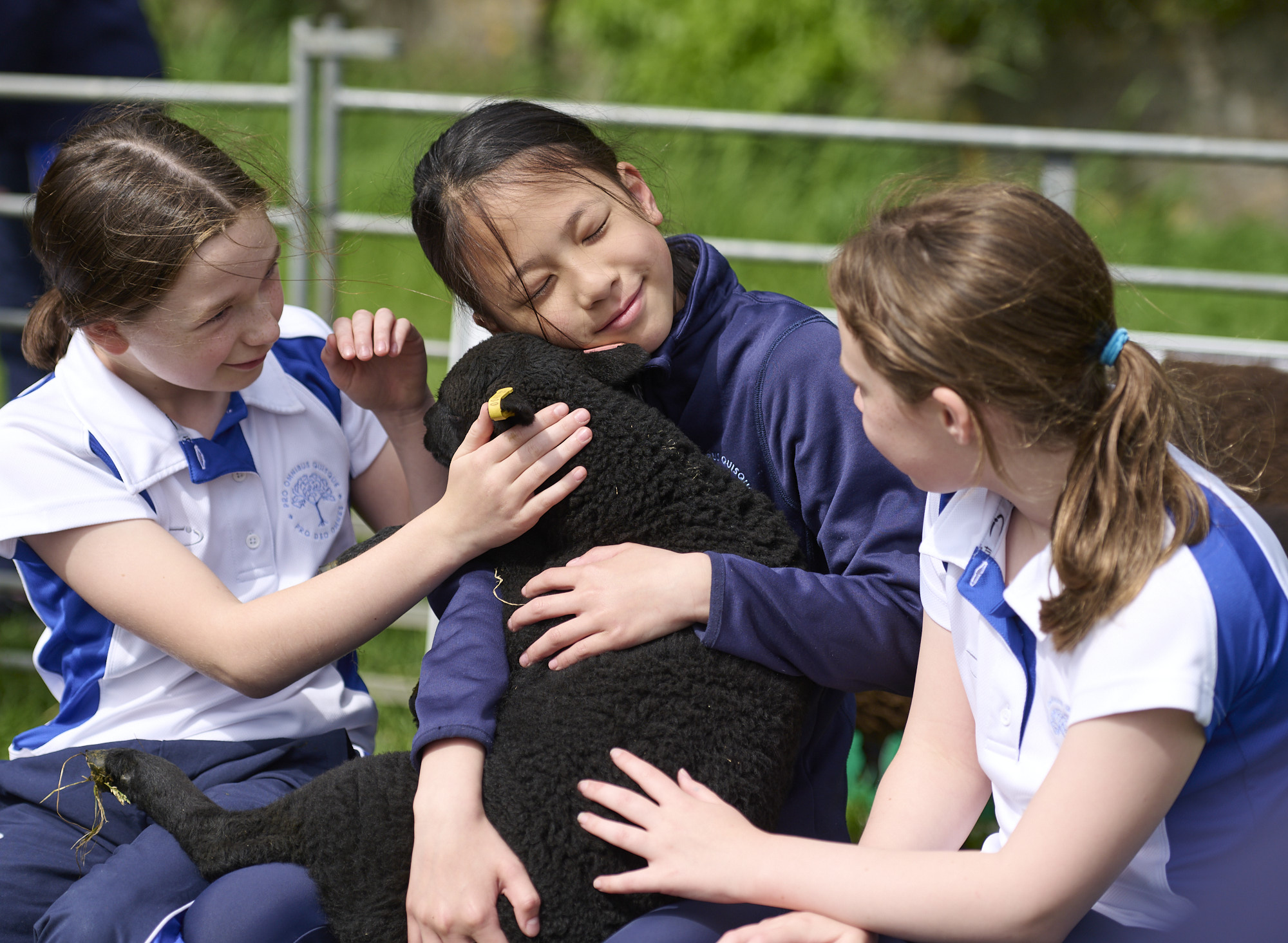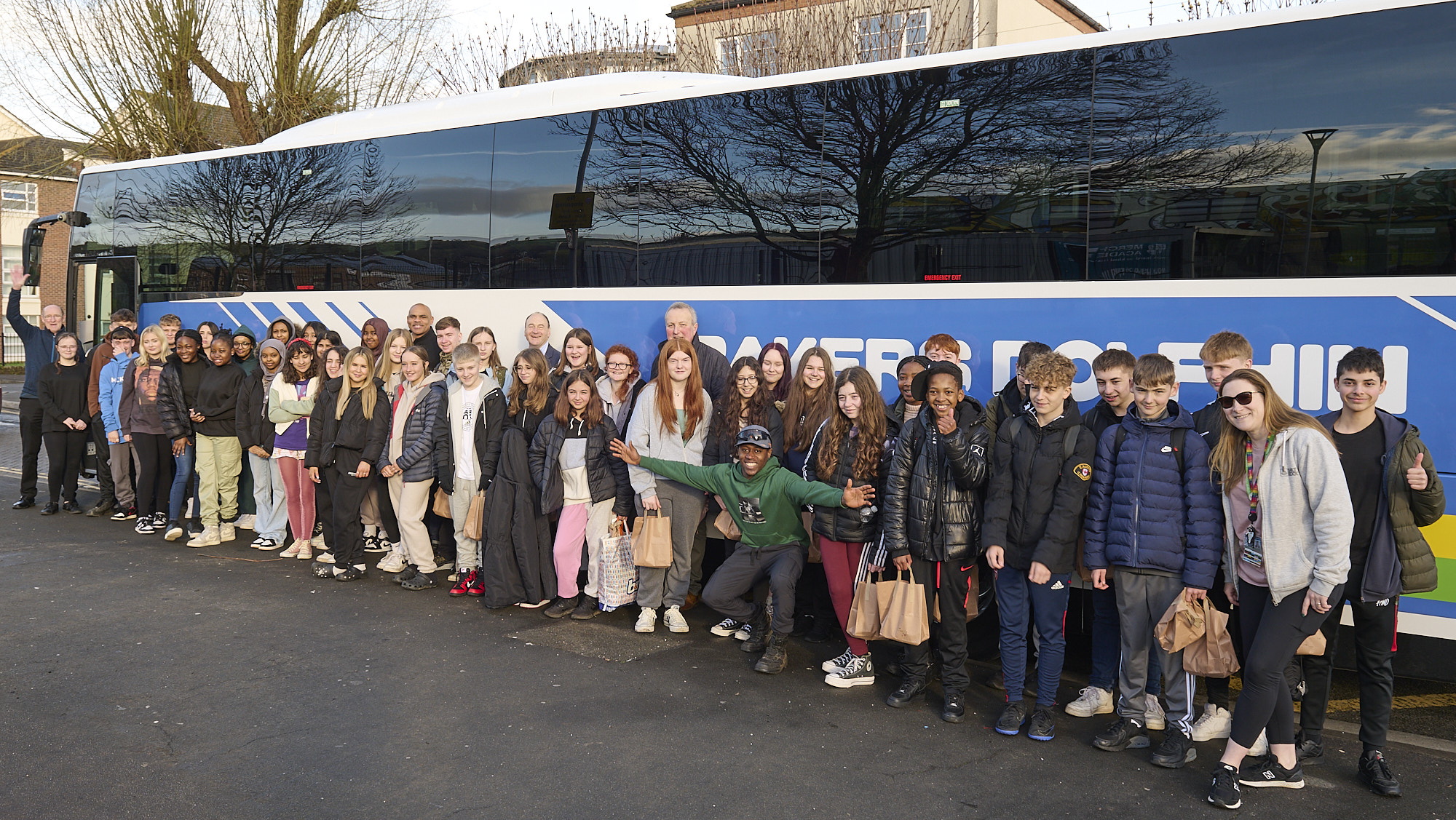Around 150 pupils and staff from local schools yesterday attended a special event taking place on the Downs in Bristol to celebrate the historic tradition of grazing sheep there, whilst also learning about rearing sheep in the 21st century.
The children, from the Kingfisher School, Badminton School and St Ursula’s E-ACT Academy, visited throughout the day and engaged in various workshops which included spinning wool on a mediaeval spinning wheel and learning about the local environment in special educational sessions run by the Avon Gorge & Downs Wildlife Project.
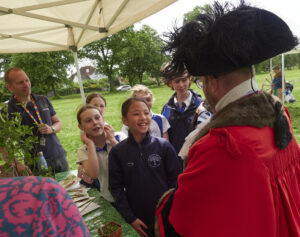
The highlight of their visit was meeting seven Welsh Black Mountain sheep, including three little lambs who seemed just as excited to meet the children as the children were to meet them.
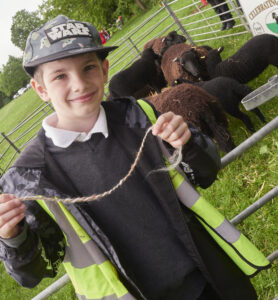
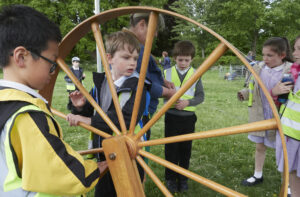
Local shepherdess Melinda Baker brought the sheep to the Downs from her home near Shepton Mallet where she currently has 60 sheep altogether. Melinda, who has been rearing sheep for 25 years, said: “I’m very lucky to have my own flock of sheep and I jump at the opportunity to take them to events like this where people who don’t often see sheep can have a close-up experience in a safe environment. Today the children have loved stroking them and some were brave enough to come into the pen and give the lambs a cuddle. Sheep can be easy animals to keep and I would encourage anyone to start a small flock of sheep if they can!”
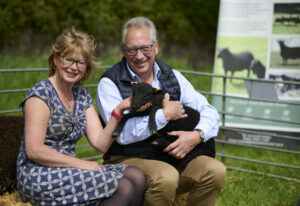
Residents from the nearby residential home Katherine House visited the event and were also delighted to meet the sheep, asking Melinda questions about the long-held tradition of bringing sheep to the Downs and why it happens every five years.
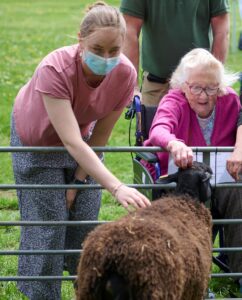
In fact, 13 groups or individuals who live close to the Downs have historic grazing rights for a total of 1885 sheep. The ‘Commoners of Durdham Down’ include the University of Bristol Botanic Gardens, Badminton School, Trinity College, the St Monica Trust and individual householders.
In order to maintain the traditional right to graze sheep on the land, the Commoners of Durdham Down must tether at least one sheep on the Downs for one day every five years.
Historically, hundreds of sheep were grazed on the Clifton and Durdham Downs, with a full-time shepherd employed until 1925 when the growing number of motor vehicles was making grazing on the Downs increasingly dangerous for the sheep.
The Avon Gorge and Downs is one of the best wildlife sites in Bristol and home to many rare plants and animals, which the school children learnt about during a series of education sessions, discovering what plants need to grow and thrive. They also found out about the role that sheep played in helping wildlife survive in the past, what happened when the sheep grazing stopped and how the Avon Gorge and Downs Wildlife Project’s new herd of goats is helping to save the rare plants of the Avon Gorge.
Amongst the many visitors yesterday were a number of special guests including Peaches Golding OBE CStJ RNR, Her Majesty’s Lord-Lieutenant of the City and County of Bristol; Councillor Andrew Varney, the Deputy Lord Mayor; and representatives from the University of Bristol, the St Monica Trust and the Downs Committee.
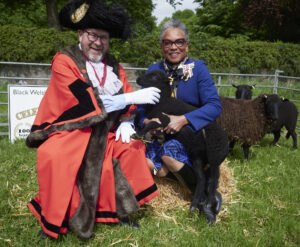
David Freed, Master of the Society of Merchant Venturers and a member of the Downs Committee, said: “This is an exciting way to bring history to life for the school children. It’s not every day we see sheep on the Downs, so we’re really pleased to have them here today. Thanks to local shepherdess Melinda Baker and the education team from the Avon Gorge and Downs Wildlife Project, everyone who visits today will have the opportunity to learn about the special environment here at the Downs and the historical grazing of sheep here.”
Watch the ITV West Country News report (18 May 2022).

